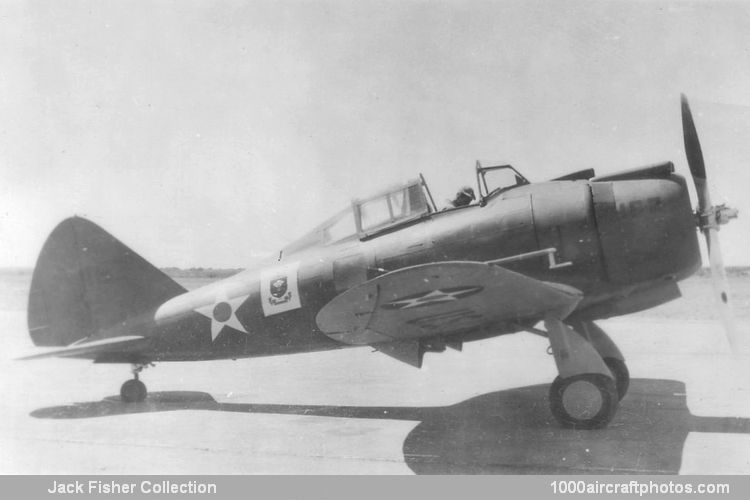The EP-1-68 was demonstrated in Sweden in April 1939, and, on June 29, the Swedish government signed a contract for fifteen EP-1-106s with the S3C1-G engine. A follow-up contract for a further 45 was signed on October 11, by which time the Seversky company had changed its name to Republic Aviation Corporation, Alexander Kartveli remaining chief engineer. The EP-1-68 demonstrator was later sold, in what was to be described as a "highly irregular transaction", to the Ecuador AF, together with the Seversky AP-7A and AP-9.
The initial batch of eighteen EP-1-106s was completed on January 18, 1940: two weeks earlier, on January 5, Sweden had placed yet another contract, for an additional sixty fighters of this type. The sixty EP-1-106s ordered under the first and second contracts had all reached Sweden by the end of July 1940, and, with an armament of two 0.311 in (7.9 mm) KSP M/22 cowl guns and two 0.52 in (13.2 mm) AKAN M/39 wing guns, these entered Swedish service as the J 9.
The aircraft on the third contract, the last of which was completed on February 7, 1941, were requisitioned by the US government on October 24, 1940. The EP-1-106s thus acquired by the USAAC received the designation P-35A, 48 being shipped to the Philippines, where they flew operationally (December 8, 1941 to January 3, 1942) but were outclassed by opposing fighters. Those P-35As retained in the USA served as instructional aircraft and the EP-1s remained in Swedish service throughout WW II."
Span: 36 ft 0 in (10.97 m)
Length: 26 ft 10 in (8.20 m)
Height: 9 ft 9 in (2.97 m)
Wing area: 220 sq.ft (20.44 sq.m)
Weight empty: 4,575 lb (2,075 kg)
Loaded weight: 6,118 lb (2,775 kg)
Max speed: 316 mph (508 kmh) at 15,950 ft (4,860 m)
Climb: 1,920 ft (585 m)/min
Range: 950 mls (1,530 km)
